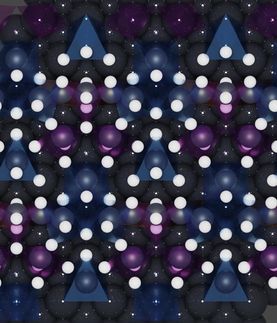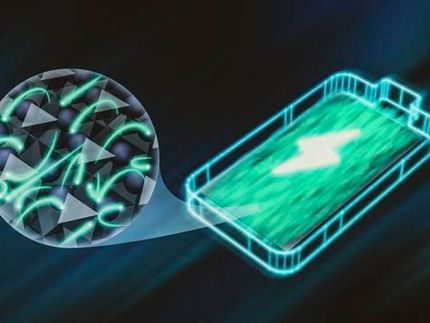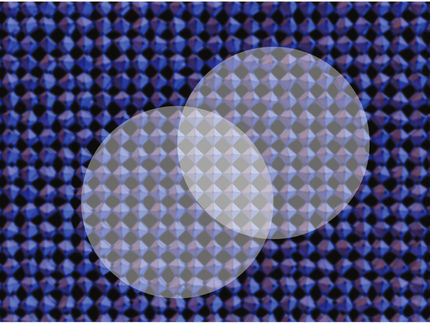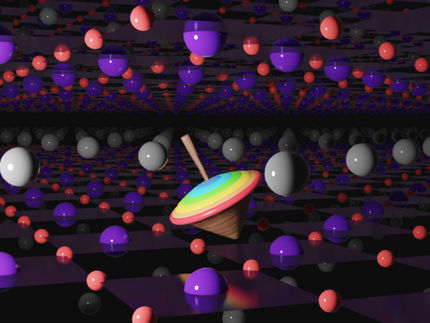About SLAC
SLAC National Accelerator Laboratory is home to a two-mile linear acceleratorthe longest in the world. Originally a particle physics research center, SLAC is now a multipurpose laboratory for astrophysics, photon science, accelerator and particle physics research. Six scientists have been awarded the Nobel Prize for work carried out at SLAC and the future of the laboratory promises to be just as extraordinary
Facts about SLAC
Facts about SLAC
- Industry : Other








